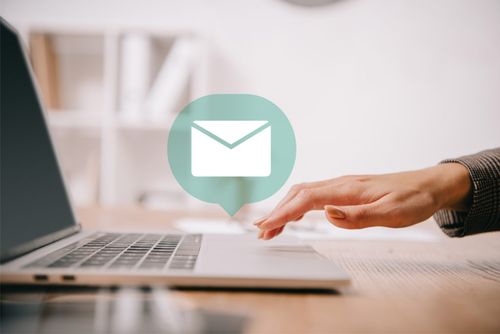In the digital age, email remains a vital tool for small enterprises, but the real challenge lies in breaking through the cluttered inbox barrier. Effective email strategies can be the difference between a message that resonates and one that's lost in the abyss of unread emails. For small businesses vying for attention, it's crucial to employ techniques that not only reach the inbox but also engage and convert. Here's how to make your emails stand out.
Understanding the Inbox Challenge
The average person receives a barrage of emails daily, making it increasingly difficult for any single message to stand out. For small enterprises, this means that conventional email tactics might not suffice. You need strategies that cut through the noise and capture your audience's attention.
Crafting Attention-Grabbing Subject Lines
Your email's subject line is its first impression. Make it count. Use compelling, concise language that piques interest or offers immediate value. Personalization, such as including the recipient's name or a reference to their interests, can significantly increase open rates.
Personalization Beyond the Name
Personalization is more than just using the recipient's name; it’s about tailoring the content to their interests and behaviors. Use customer data to segment your audience and create more relevant, targeted email campaigns. This approach shows your customers that you understand and value their unique needs.
Optimal Timing for Maximum Impact
Timing can significantly impact the effectiveness of your email strategy. Analyze your audience’s habits to determine the best time to send emails. This could vary based on demographics, industry norms, or specific customer behaviors.
Engaging Content that Adds Value
The content of your email should be engaging and provide value to the reader. Whether it's informative, entertaining, or promotional, ensure that it aligns with your audience's interests and your business objectives. High-quality, relevant content is key to maintaining engagement and fostering customer relationships.
Mobile Optimization is Crucial
With the increasing prevalence of mobile devices, ensuring that your emails are optimized for mobile viewing is essential. This means responsive designs, clear and concise content, and easily clickable links and call-to-action buttons.
Analyze and Adapt Based on Metrics
Utilize email analytics to track open rates, click-through rates, and conversion rates. This data is invaluable for understanding what resonates with your audience and what doesn’t. Use these insights to continually refine and adapt your email strategy.
Avoiding the Spam Folder
To ensure your emails reach the inbox, steer clear of spam-like tactics. This includes avoiding overuse of sales language, ensuring you have permission to email your contacts, and including a clear unsubscribe option. Maintaining a clean and updated email list is also crucial.
Consistency Builds Recognition
Regular and consistent email communication helps build brand recognition and keeps your business top-of-mind. Develop a consistent emailing schedule, but be careful not to inundate your subscribers, as this can lead to higher unsubscribe rates.
Conclusion: Transforming Emails into Business Opportunities
For small enterprises, breaking through the inbox barrier requires a mix of creativity, personalization, and strategic planning. By implementing these effective email strategies, you can transform your email campaigns from mere communications into powerful tools for engagement, relationship-building, and business growth.



